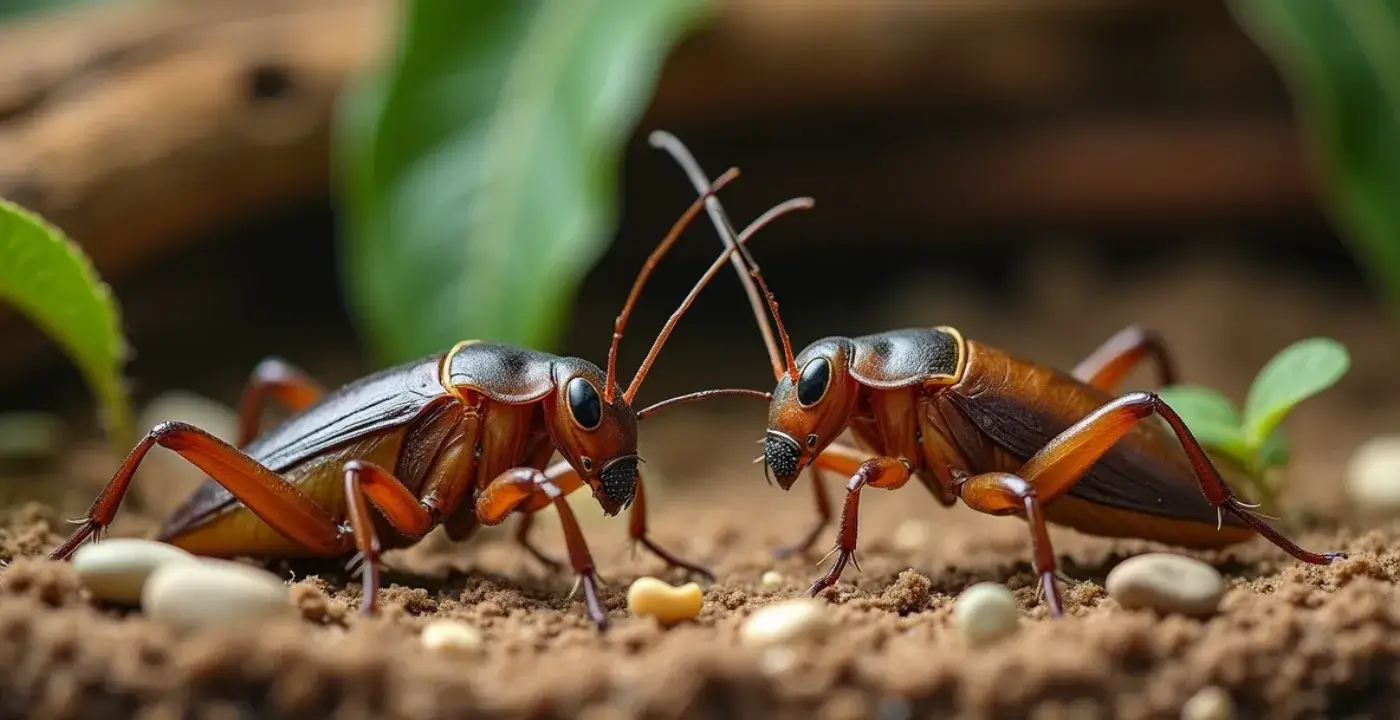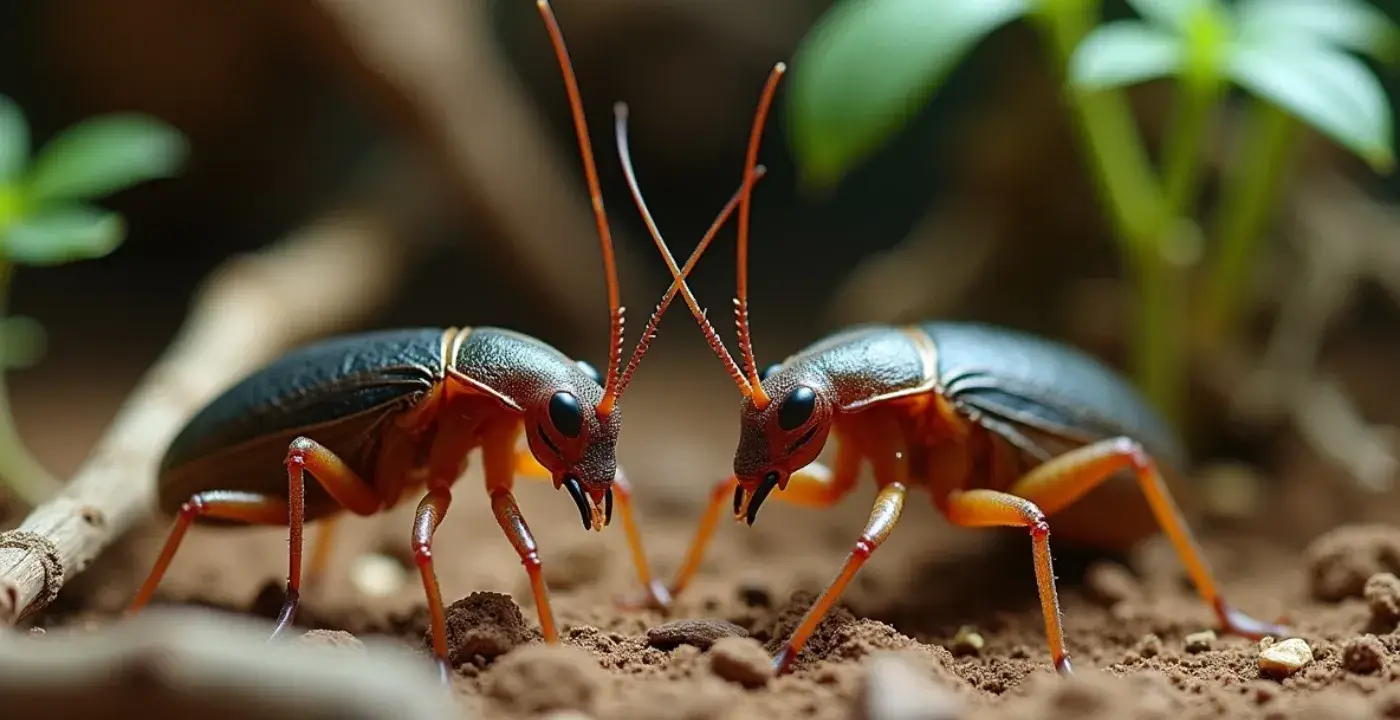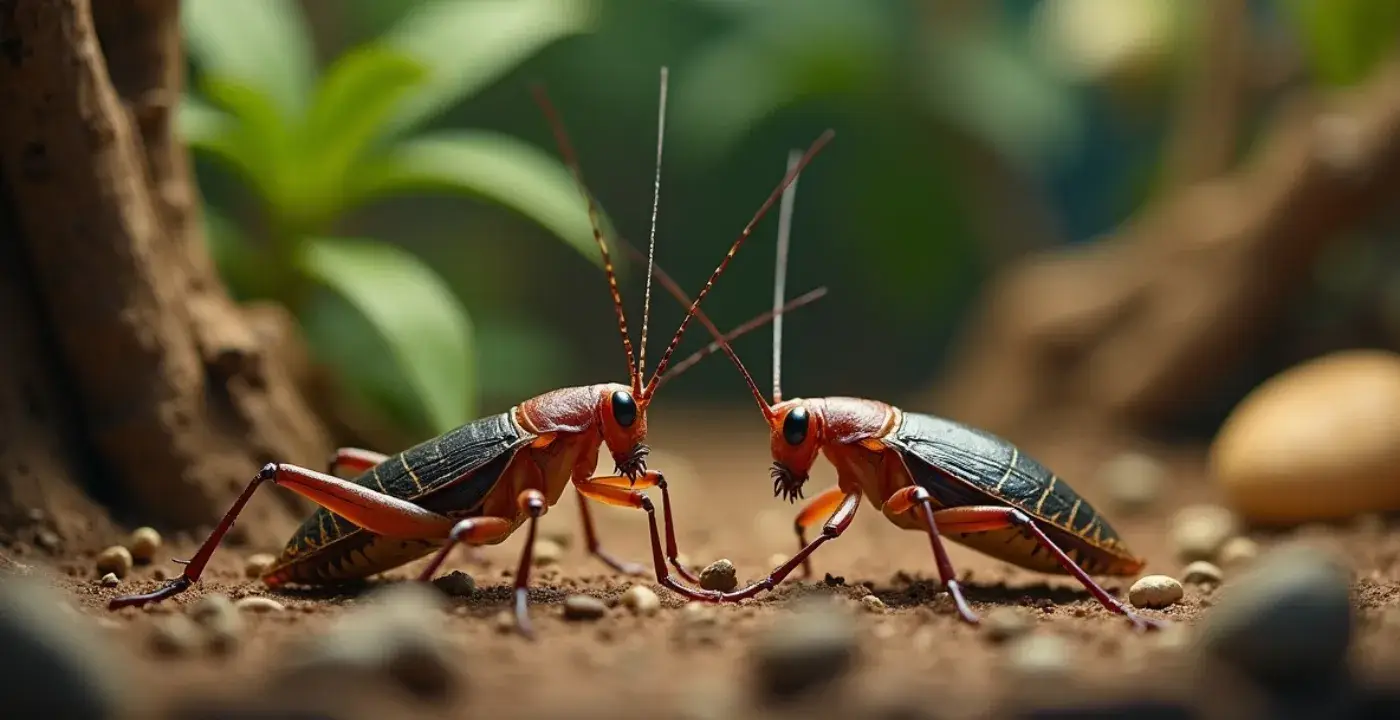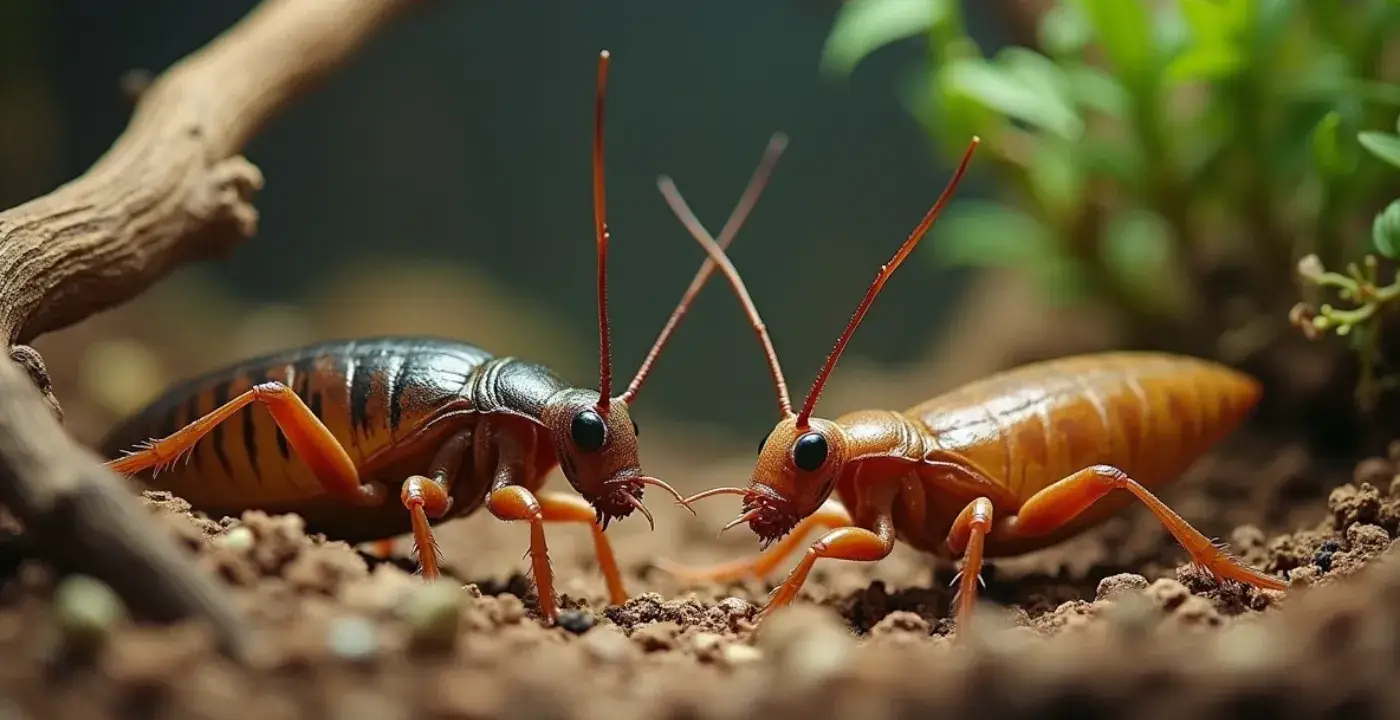If you’re a reptile enthusiast or a pet owner exploring feeder insect options, you’ve likely wondered: can crickets and Dubia roaches live together? This question is more than just a curiosity—it’s a practical consideration for those looking to optimize their pet’s diet, save time, and maintain a healthy environment for their feeder insects. In this blog post, we’ll dive deep into the compatibility of crickets and Dubia roaches, exploring their behaviors, care requirements, and whether cohabitation is a viable option.
Feeder insects like crickets and Dubia roaches are staples in the diets of reptiles, amphibians, and even some birds. Understanding how to care for these insects and whether they can coexist is essential for ensuring their health and nutritional value for your pets. Let’s explore this topic in detail, backed by scientific insights and practical tips.
Understanding Crickets and Dubia Roaches

Before addressing whether crickets and Dubia roaches can live together, it’s important to understand the unique characteristics of each species.
Crickets: The Noisy Nutritious Feeders
Crickets are one of the most popular feeder insects due to their high protein content and availability. They are active, fast-moving, and known for their chirping sounds. However, crickets can be fragile and require specific conditions to thrive, such as proper ventilation, humidity, and a diet rich in nutrients.
Dubia Roaches: The Quiet Powerhouses
Dubia roaches, on the other hand, are gaining popularity as feeder insects because of their nutritional profile and ease of care. They are high in protein, low in fat, and contain essential nutrients like calcium. Unlike crickets, Dubia roaches are quiet, less likely to escape, and have a longer lifespan, making them a favorite among reptile owners.
Can Crickets and Dubia Roaches Coexist?

The short answer is no, crickets and Dubia roaches should not live together. While it might seem convenient to house them in the same enclosure, there are several reasons why this is not advisable.
Different Environmental Needs
Crickets and Dubia roaches have distinct habitat requirements:
- Crickets need a well-ventilated enclosure with moderate humidity and a temperature range of 70–85°F.
- Dubia roaches thrive in warmer, more humid environments, with temperatures between 80–95°F and higher humidity levels.
Attempting to create a shared environment that meets both species’ needs can be challenging and may result in stress or health issues for one or both insects.
Behavioral Differences
Crickets are highly active and can be aggressive, especially when food is scarce. They may attack Dubia roaches, particularly smaller or younger ones, leading to injuries or even death. Dubia roaches, being more docile, are not equipped to defend themselves against such aggression.
Dietary Competition
Both crickets and Dubia roaches require a balanced diet to remain healthy and nutritious for your pets. However, crickets are more voracious eaters and may outcompete Dubia roaches for food, leaving the roaches malnourished.
Risk of Disease Transmission
Housing different species together increases the risk of disease transmission. Crickets are more prone to carrying parasites or pathogens that could harm Dubia roaches, compromising their health and, in turn, the health of your pets.
Practical Tips for Keeping Crickets and Dubia Roaches Separately

If you decide to use both crickets and Dubia roaches as feeder insects, it’s best to house them separately. Here’s how to care for each species effectively:
Caring for Crickets
- Enclosure: Use a well-ventilated plastic or glass tank with a secure lid to prevent escapes.
- Substrate: Provide egg cartons or cardboard for hiding spots.
- Temperature and Humidity: Maintain a temperature of 70–85°F and moderate humidity.
- Diet: Feed a balanced diet of fresh vegetables, fruits, and commercial cricket food.
- Hydration: Use a shallow water dish with a sponge to prevent drowning.
Caring for Dubia Roaches
- Enclosure: Use a plastic bin with smooth sides to prevent escapes.
- Substrate: Provide egg cartons or cardboard for climbing and hiding.
- Temperature and Humidity: Maintain a temperature of 80–95°F and higher humidity levels.
- Diet: Offer fresh vegetables, fruits, and high-protein foods like grains or commercial roach chow.
- Hydration: Provide water crystals or a shallow dish with a sponge.
Common Misconceptions About Dubia Roaches
Myth 1: Dubia Roaches Are Pests
Unlike common household roaches, Dubia roaches are not pests. They cannot survive or reproduce in most home environments, making them safe to keep as feeder insects.
Myth 2: Dubia Roaches Are Hard to Care For
Dubia roaches are actually easier to care for than crickets. They are less noisy, less likely to escape, and have a longer lifespan, reducing the need for frequent replacements.
Myth 3: Dubia Roaches Are Less Nutritious
Dubia roaches are highly nutritious, offering a better calcium-to-phosphorus ratio than crickets. This makes them an excellent choice for reptiles that require a calcium-rich diet.
Expert Insights and Statistics
According to a study published in the Journal of Animal Physiology and Animal Nutrition, Dubia roaches have a higher protein content (23.4%) compared to crickets (18.5%). Additionally, Dubia roaches contain less chitin, making them easier for reptiles to digest.
Reptile experts, such as those at the Association of Reptilian and Amphibian Veterinarians (ARAV), recommend rotating feeder insects to provide a varied diet. However, they emphasize the importance of housing different species separately to prevent stress and disease.
Quick Tips for Reptile Owners
- Rotate Feeder Insects: Offer both crickets and Dubia roaches to provide nutritional variety.
- Monitor Health: Regularly check your feeder insects for signs of illness or stress.
- Avoid Overcrowding: Keep populations manageable to ensure proper care and hygiene.
Conclusion
So, can crickets and Dubia roaches live together? The answer is clear: they should not. While both insects are excellent feeder options, their differing environmental needs, behaviors, and dietary requirements make cohabitation impractical and potentially harmful. By housing them separately and providing proper care, you can ensure their health and maximize their nutritional value for your pets.
We hope this guide has provided you with the information you need to make informed decisions about feeder insects. If you found this post helpful, feel free to explore our other articles on reptile care or share your experiences in the comments below. Your insights could help fellow pet owners create the best possible environment for their scaly friends!
Explore our tips on housing and maintaining Dubia roaches Drguidez.

Mark Manson is an expert blogger specializing in Dubia Roaches. He shares practical care tips, breeding insights, and feeding advice to help enthusiasts and reptile owners thrive.

